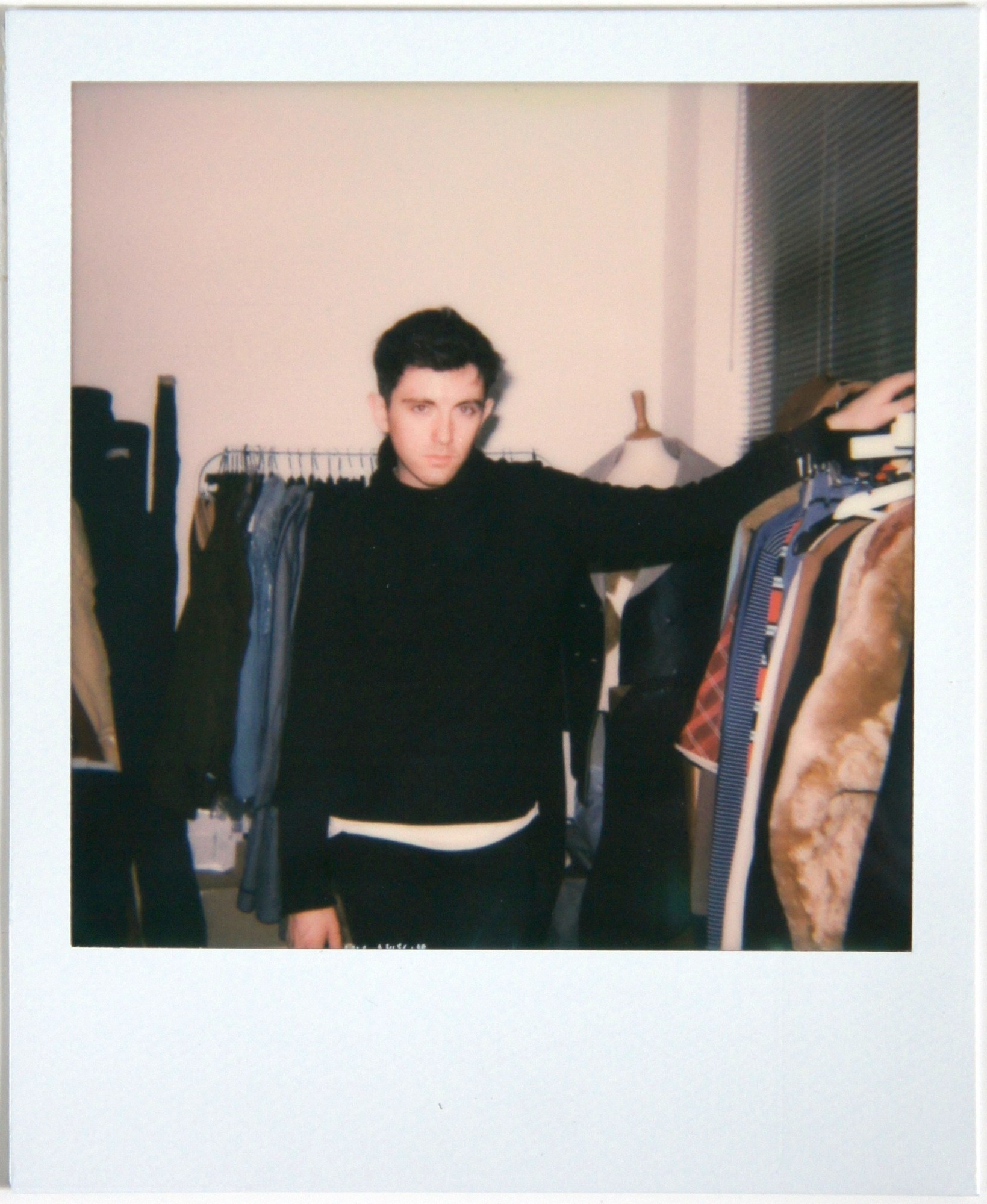How did you find out about being nominated for the LVMH prize?
I found out via an email at about 1 AM one night a couple of weeks before the announcement; needless to say I didn’t get much sleep that night and then I had the torture of having to hold in my excitement until it was official. I got a congratulations email from Sarah Mower the following day too. She’s on the panel and has been like a fairy godmother to me the past few months.
Tell us about the whole process. What happens at the competition?
We all arrived the day before the showroom opened to set up and each label was given a booth. I painted stripes in mine and put shearling covered furniture and palms in it to give it a 70s boudoir feeling that reflected the collection. Then we had two days meeting the panel of 45 judges, with a few surprise faces, too. Nicolas Ghesquière was first through the door. The last time I saw him was in the lift when I was working at Louis Vuitton, but it was full so he didn’t get in… so it was nice to get to talk to him properly this time. There was a big cocktail party on the Thursday too where all of the experts and other people from the industry came to meet us. There was a lot of intense smiling and handshaking.
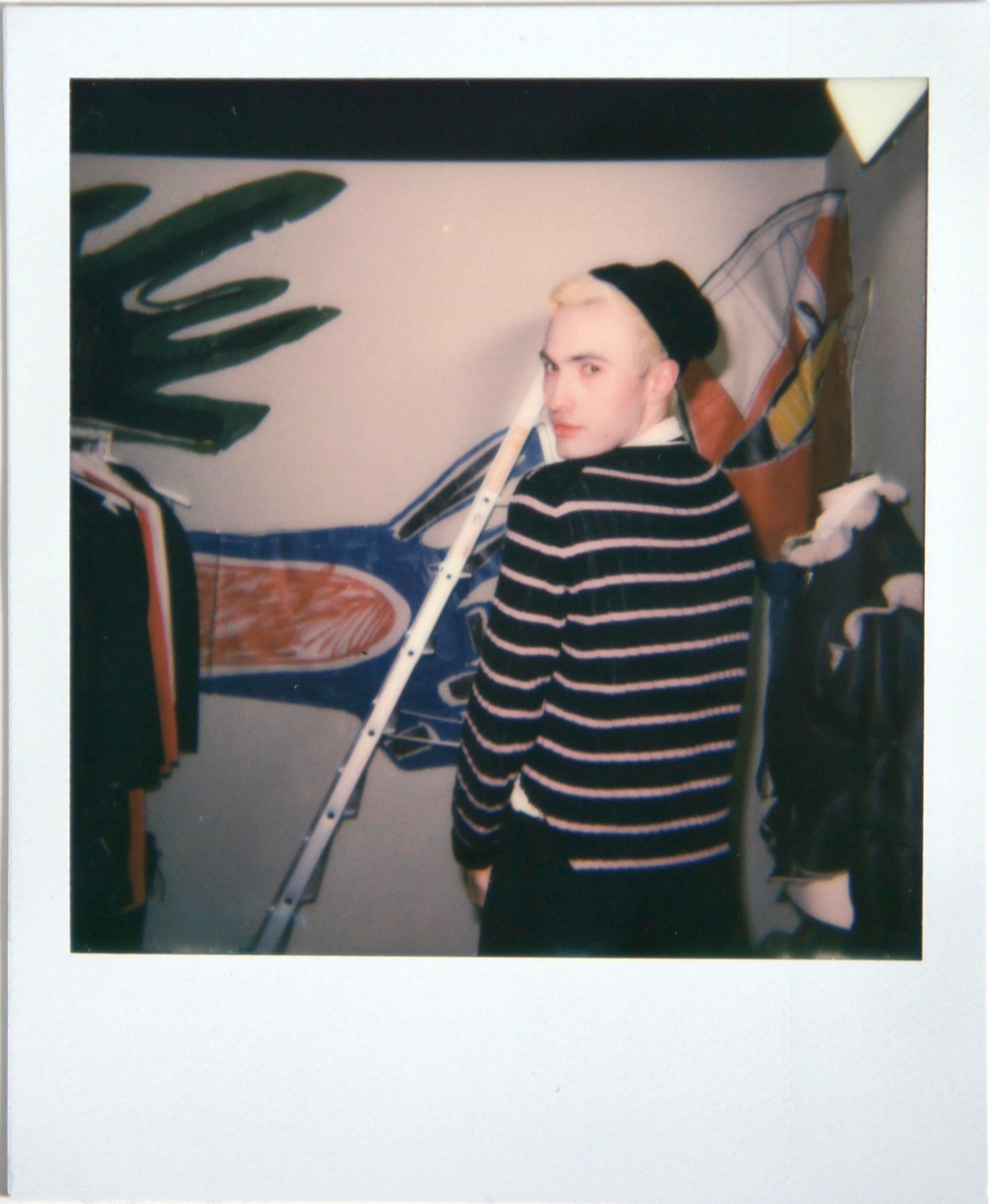
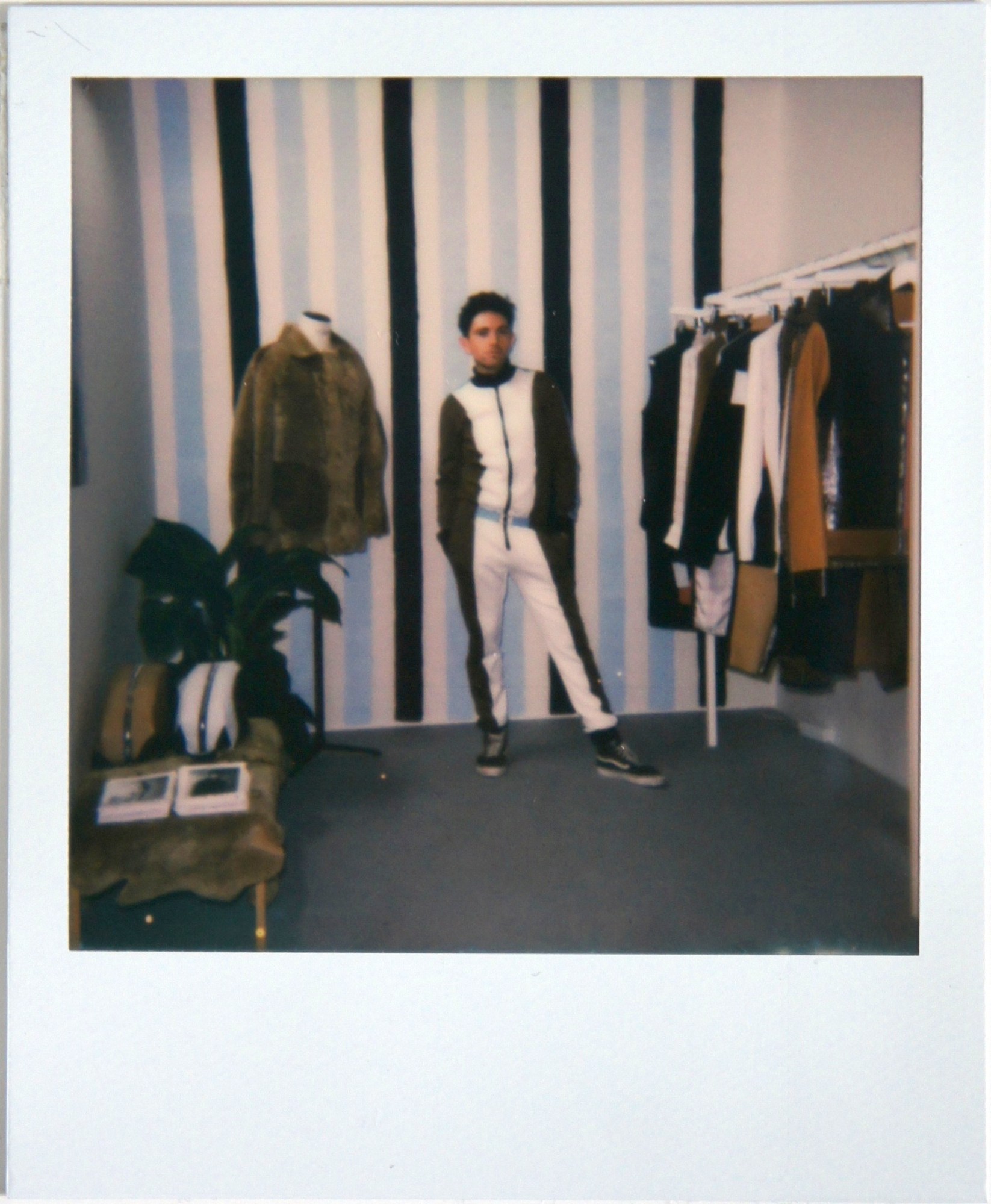
Is there any rivalry amongst the group? Whose work do you admire?
I am a big fan of Martine Rose so it was a real privilege to be considered for the prize alongside someone I admire so much. But there was no rivalry at all. There were quite a lot of us from London who knew each other already, and we had a real laugh. My booth was next to Dilara Findikoglu’s and Charles Jeffrey’s, which was nice as we were all at Central Saint Martins together.
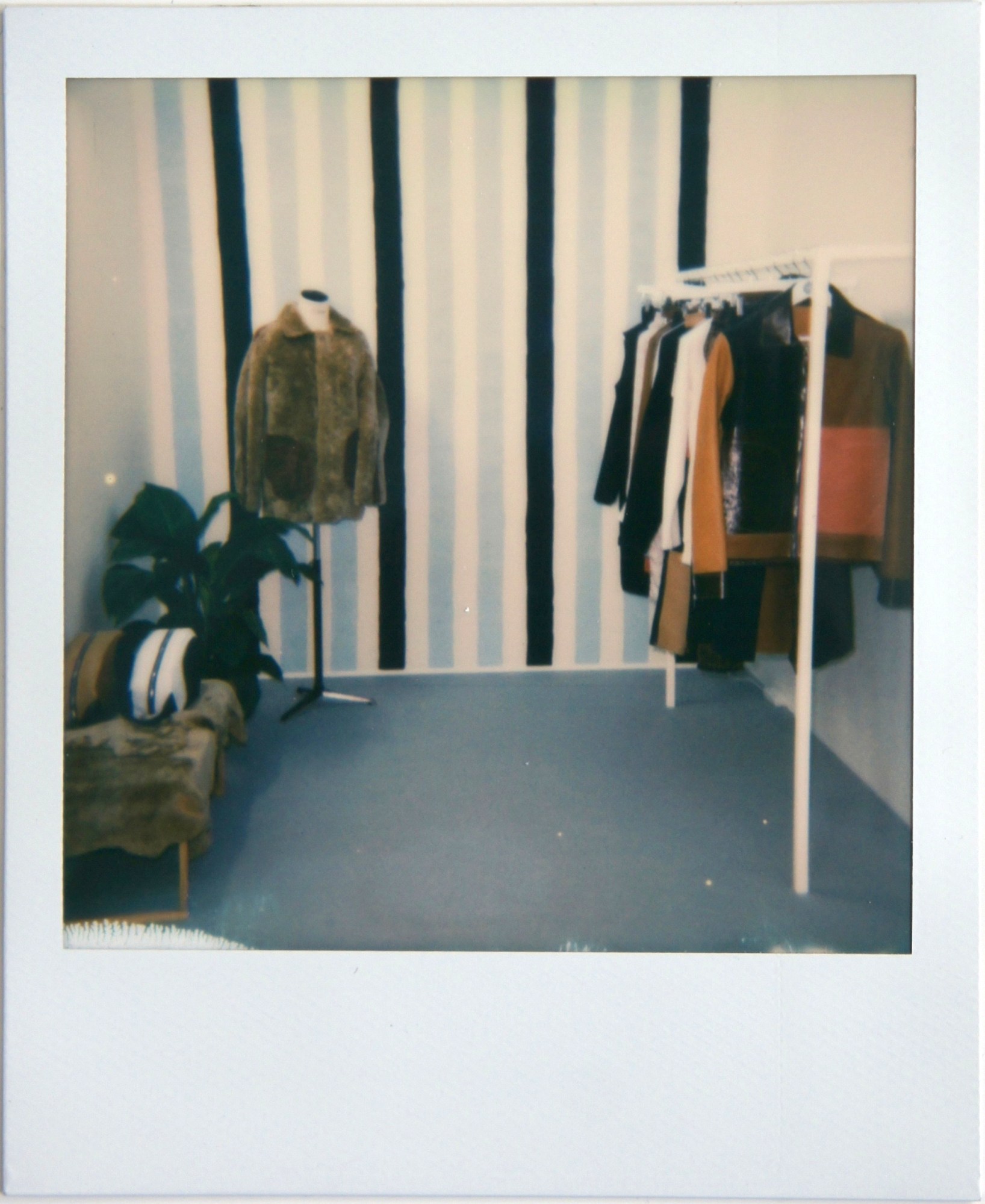

You got to meet people like Kendall Jenner and Anna Wintour. How was that experience and what did you talk about?
I told them about how I started the brand and talked them through the collection, making note of the politically disastrous year we just had and how that had influenced my work. There was a feeling of mutual Trump/Brexit sympathy between us. I loved meeting Karl Lagerfeld, he liked my suits. I told him he would look good in one but he said he only wears Dior.
What are some of the realities of selling in Paris, and how does it differ from London?
I actually do all my sales in Paris rather than London, it has worked out that way because of the intense schedule of LFWM. It’s too short for all of the buyers to see shows and then have buying appointments so I do a showroom in Paris during men’s fashion week there. That also allows me a bit of time to get the collection together after my show and work out my pricing, this was my best season so far. Fall/winter 17 will be going to 12 stores in July.
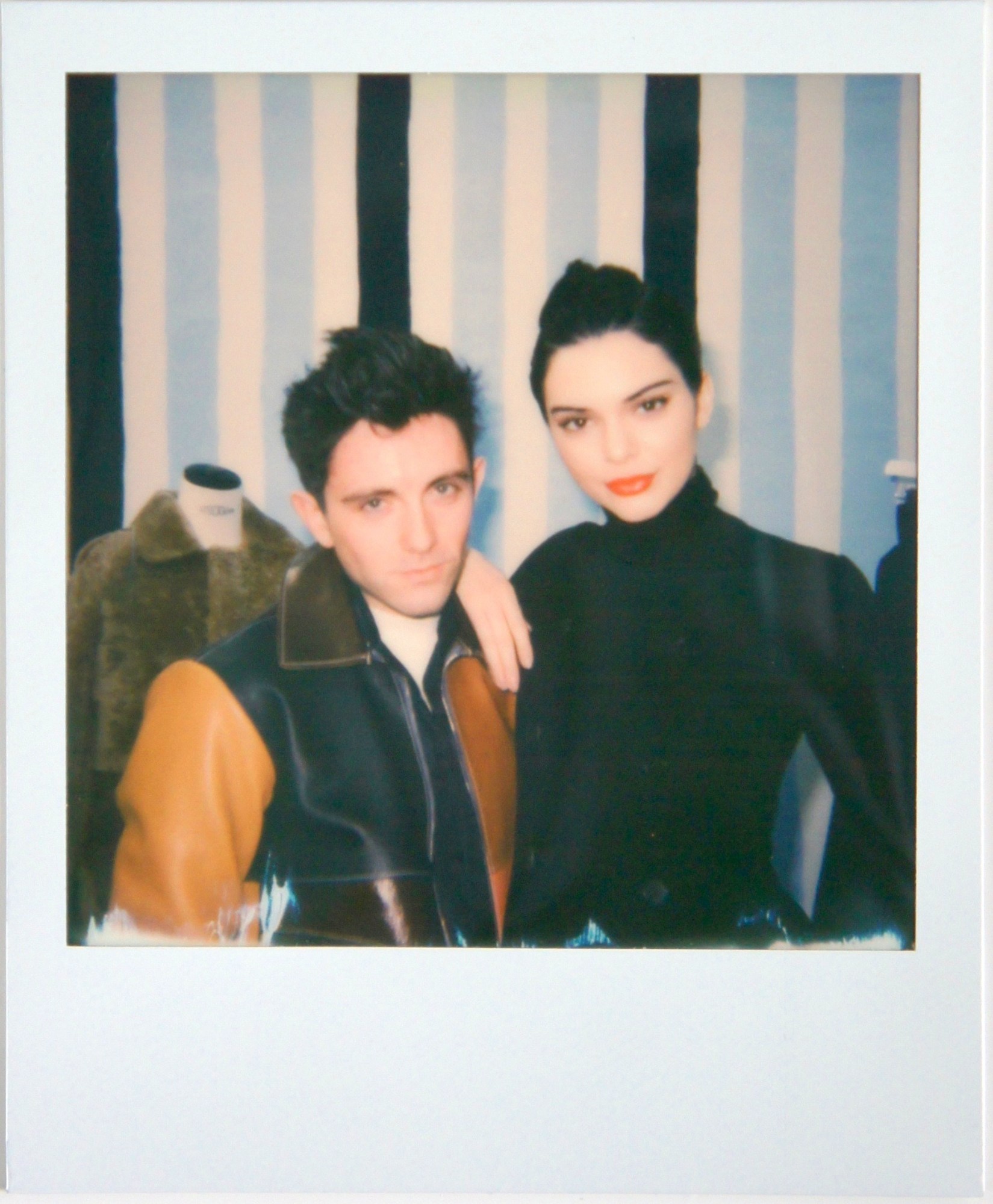
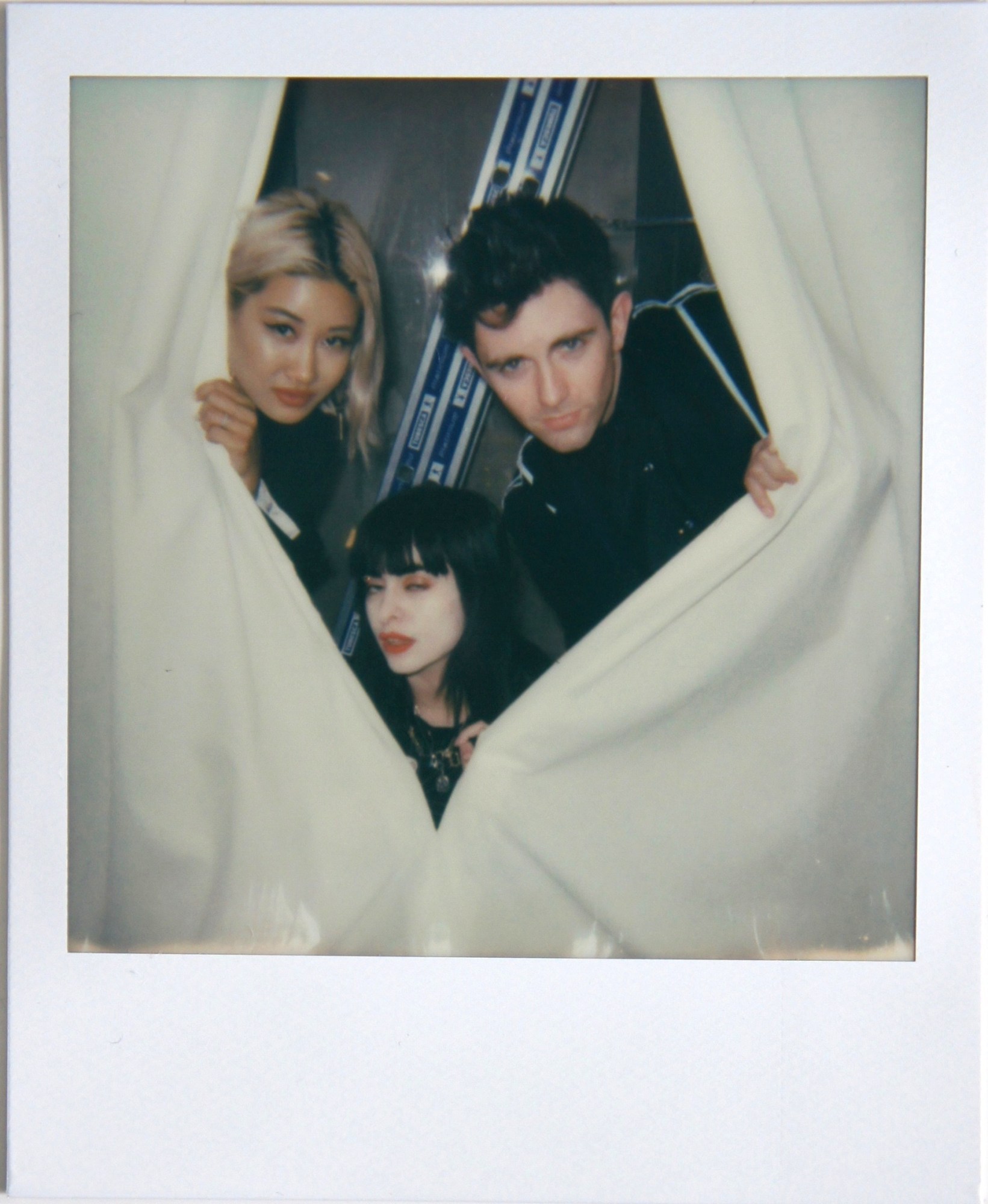
It’s tough to be a start-up designer at the moment. What have you found the hardest about running your own business?
It’s really difficult trying to manage my time between running the business and also still trying to be creative, and keep up with the financial difficulties that come from the business growing. I need to take on more stockists for the brand to grow but the hardest thing is cash flow. I don’t get paid by the stores until I deliver but I have to pay the factories way before that.
How would you advise overcoming some of those hardships?
Take advice from people who have been in the game a lot longer than you have, and work with a good sales agent who can help you work out how many stores you can take on, and make sure they are the right ones and then negotiate deposits for orders.
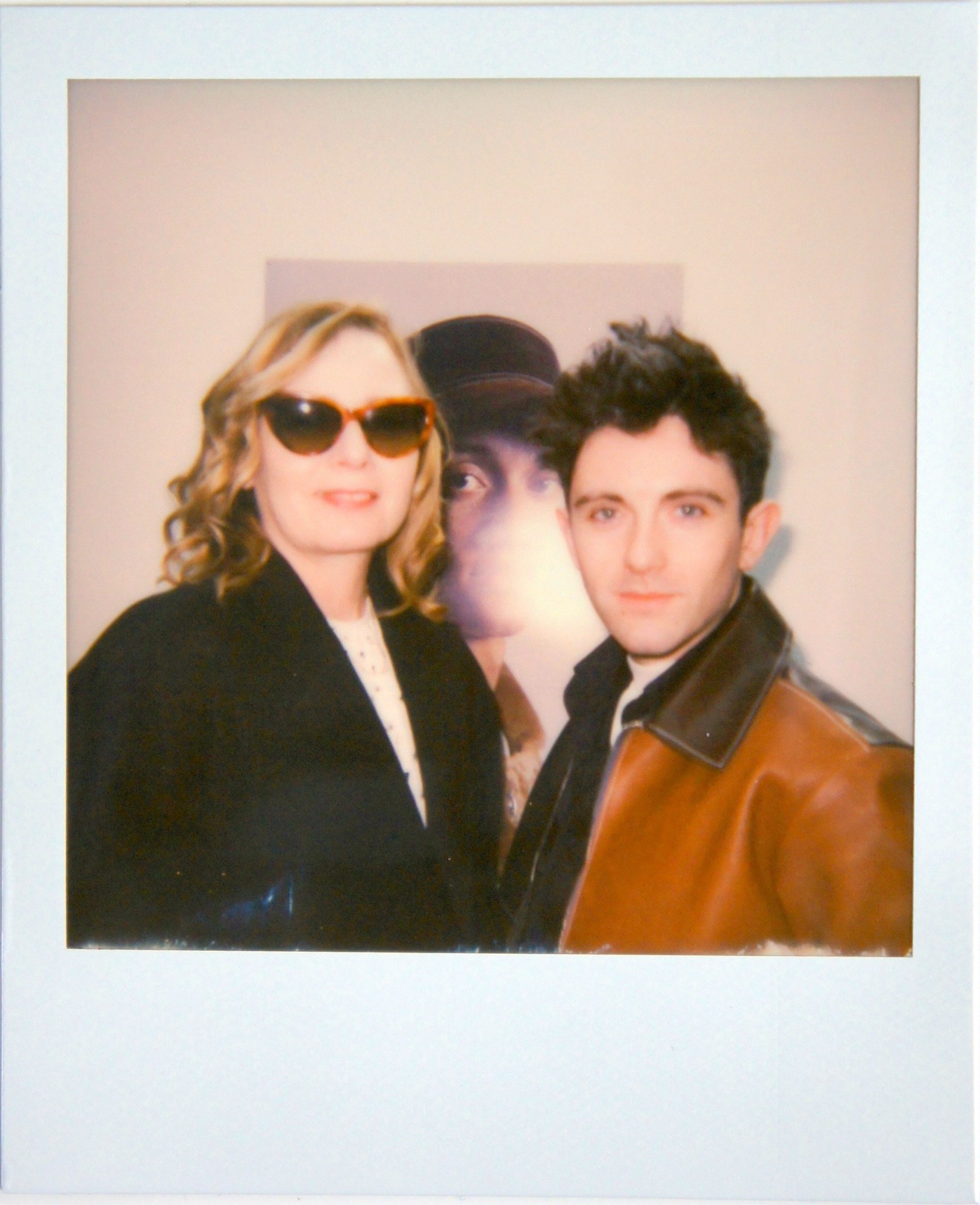
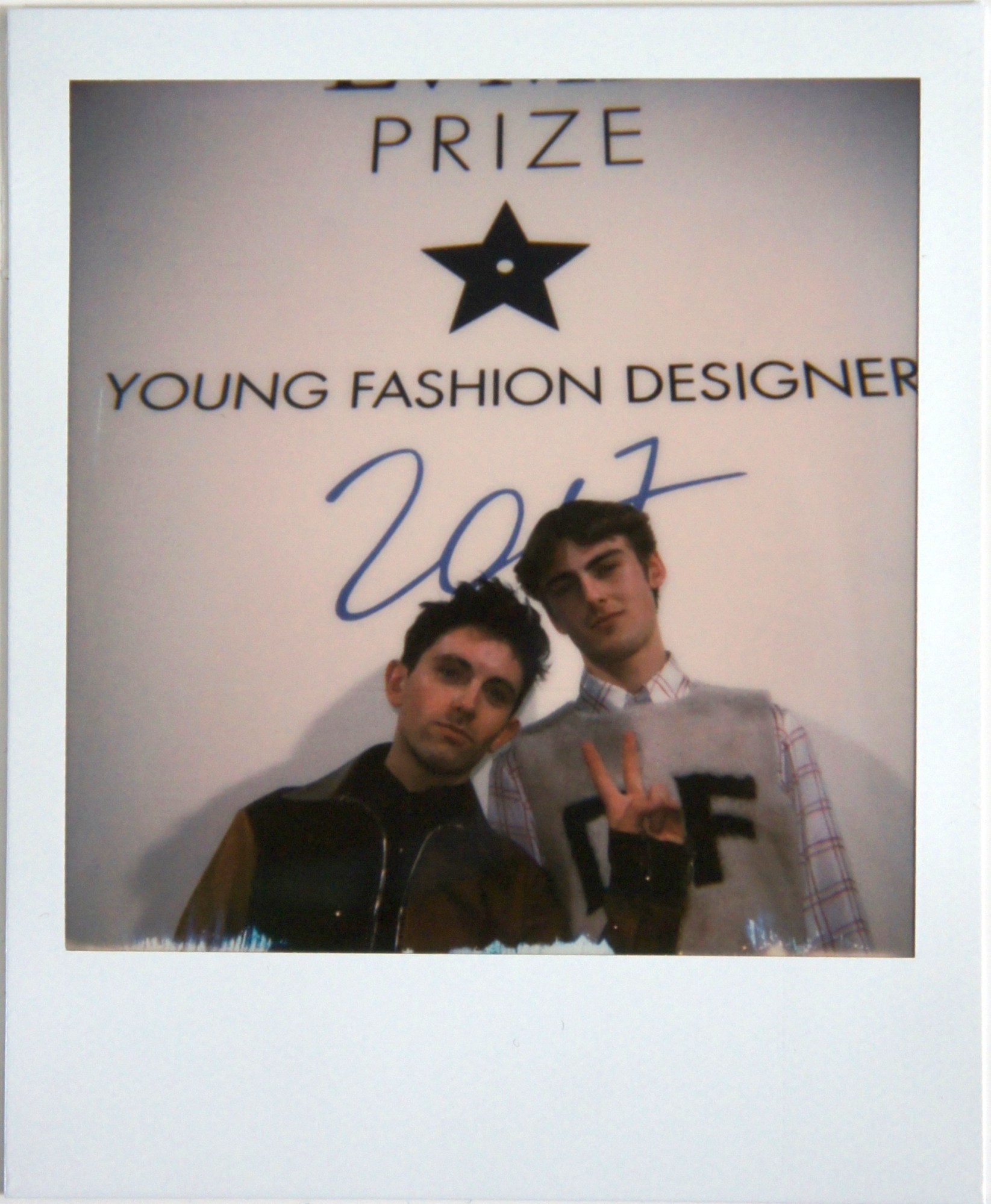
What do you think is the biggest threat to the fashion industry as a whole?
Fashion education is under particular threat at the moment. Increases in fees have made it less accessible and Brexit threatens the chance for students to be able to intern internationally. This was one of the most important years of my education and was vital in my development as a designer. I hope that the government will consider this when they are going in for their “hard Brexit: and won’t end this cross-border collaboration which students benefit from.
Tell us about the fall/winter 17 collection.
My collection came from a place of frustration after such a politically turbulent year. I felt like my voice as a young person had been overlooked so I wanted to send a strong message, one that said we weren’t prepared to bow down. There’s more tailoring in the collection, and this came from the idea that if I have to wear a suit to be taken seriously then I will do that, but in my own way. So they are all turned inside-out, cut in relaxed shapes with contrast binding exposed on all of the seams. There is also a strong 70s influence with brown tan colors, leather patchwork and shearling. The 70s were another politically turbulent time and I wanted to reflect the spirit of rebellion and fighting for what you believe in that was happening then.
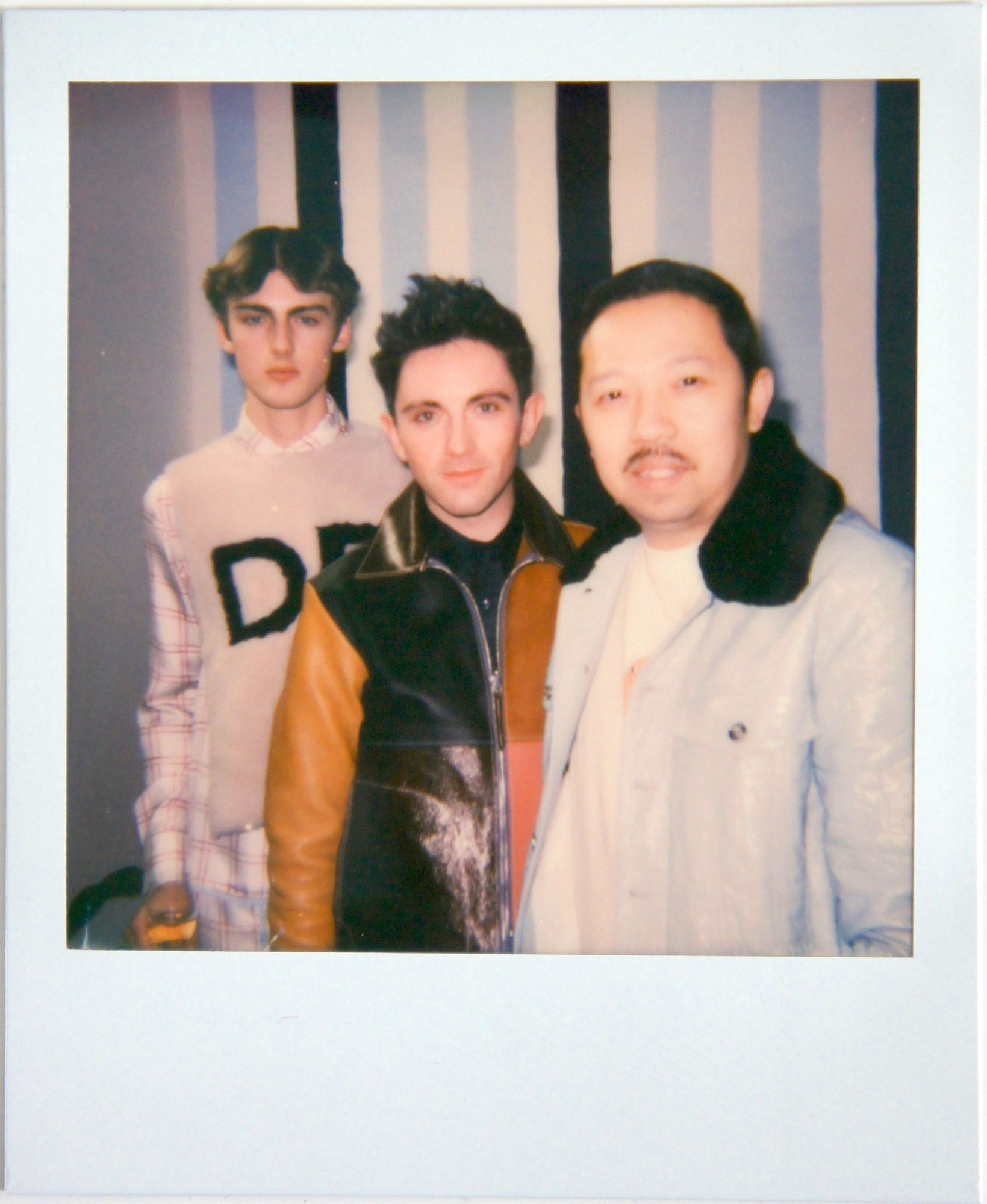
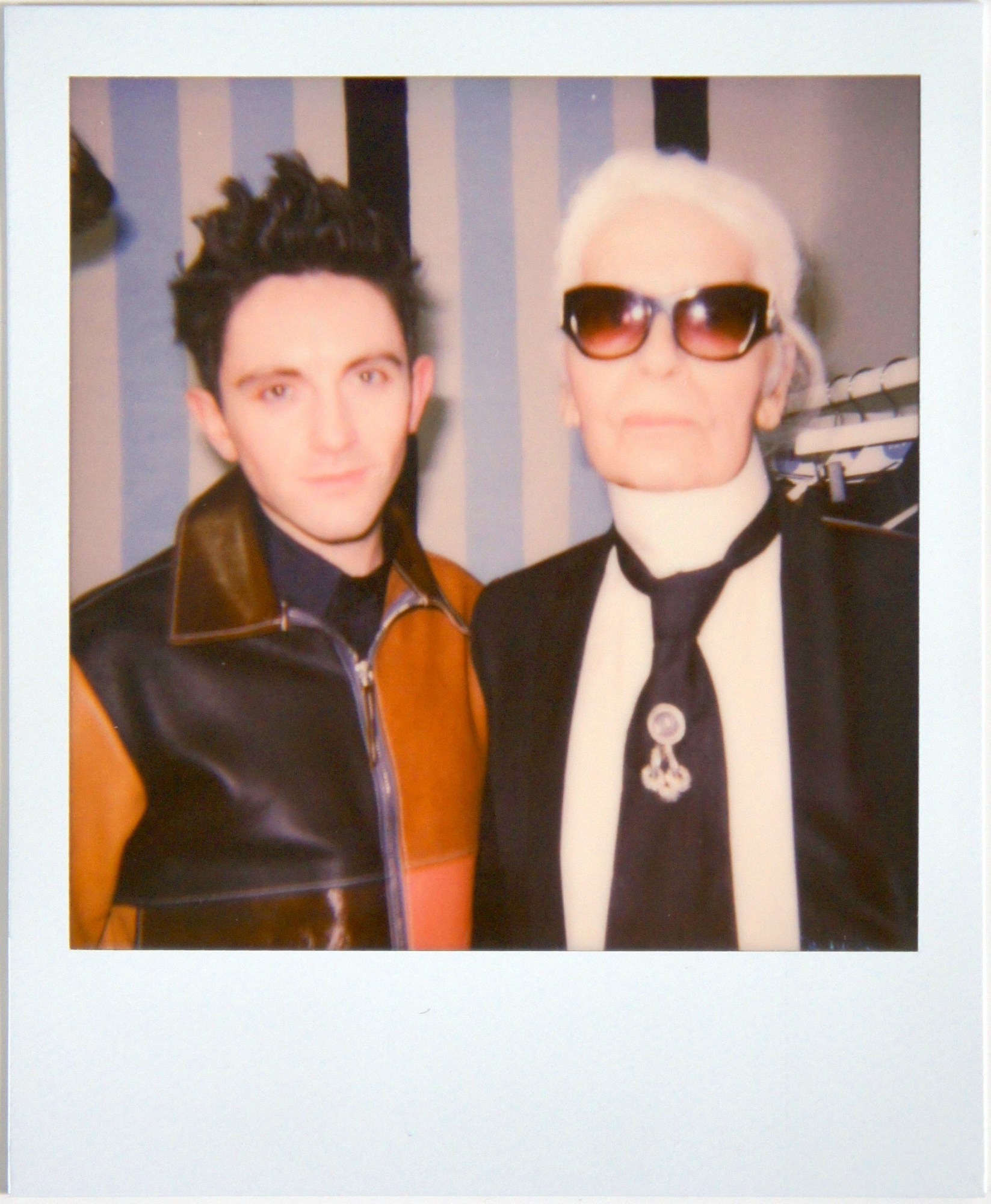
Your work has become politically motivated. If Daniel Fletcher were President, what would his first amendment be?
On day one I would revoke all of the previous administration’s amendments. Then I would set to work on combating climate change and banning kitten heels.
i-D’s current issue champions the power of team work. If you could be part of any collective of people who would it be and why?
Everyone short-listed for the prize got on so well I think we would make a pretty good collective. Imagine what we could do if we put our minds together… although I am not sure that would work as we are all so stubborn, which is probably why we all started our own labels. But it would be fun to work on something together in the future. I would have loved to have been part of the Beat Generation, too!


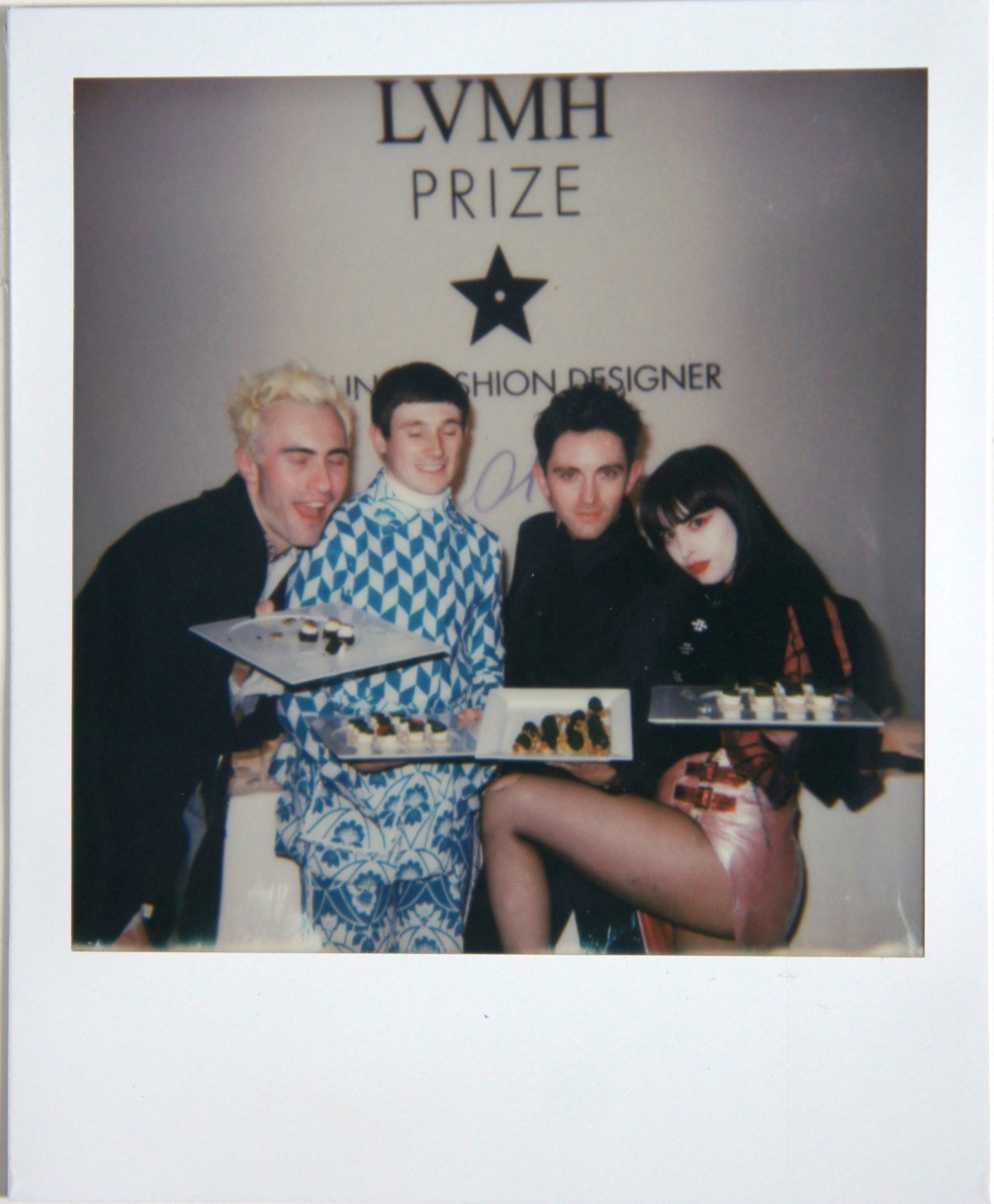

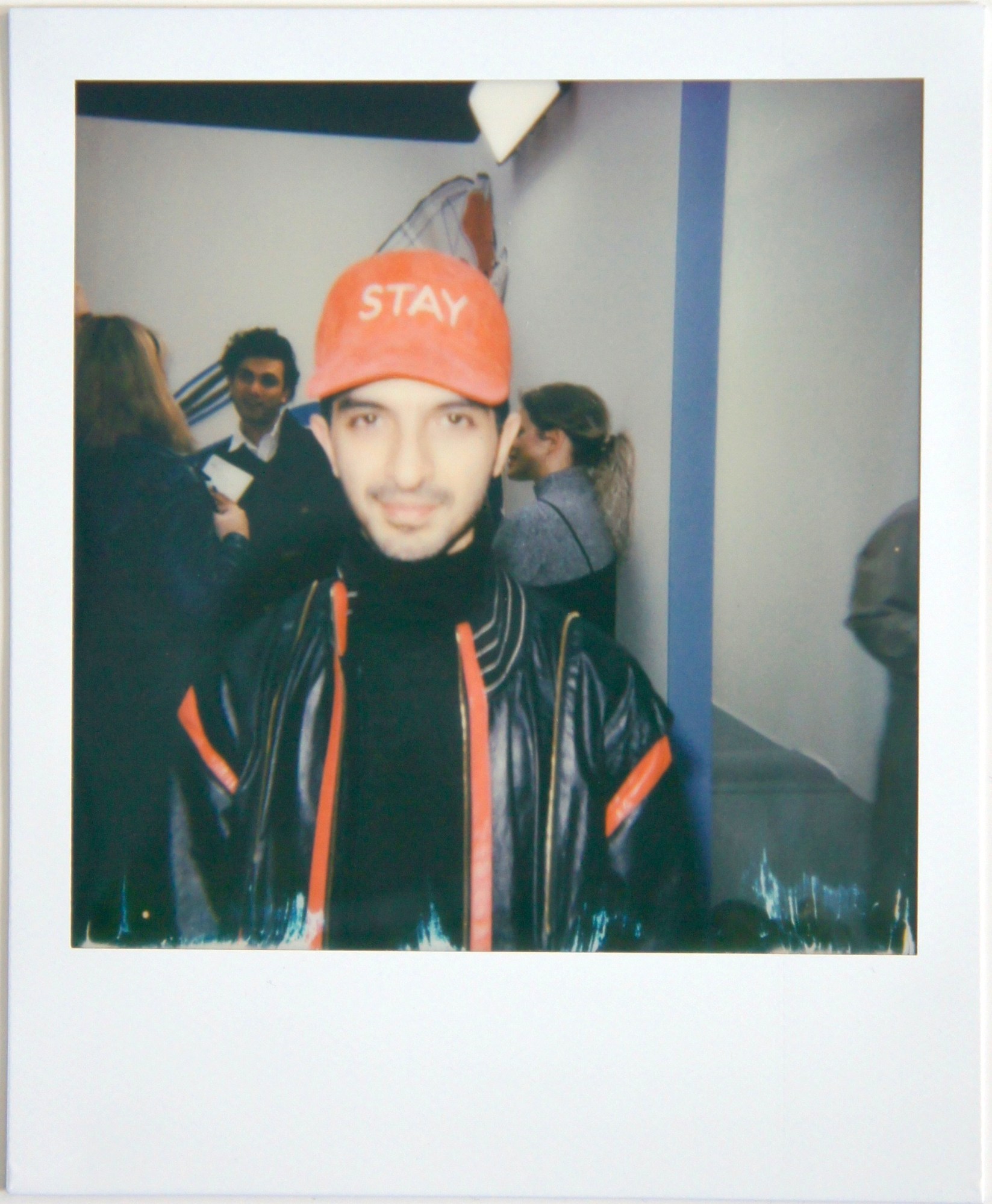
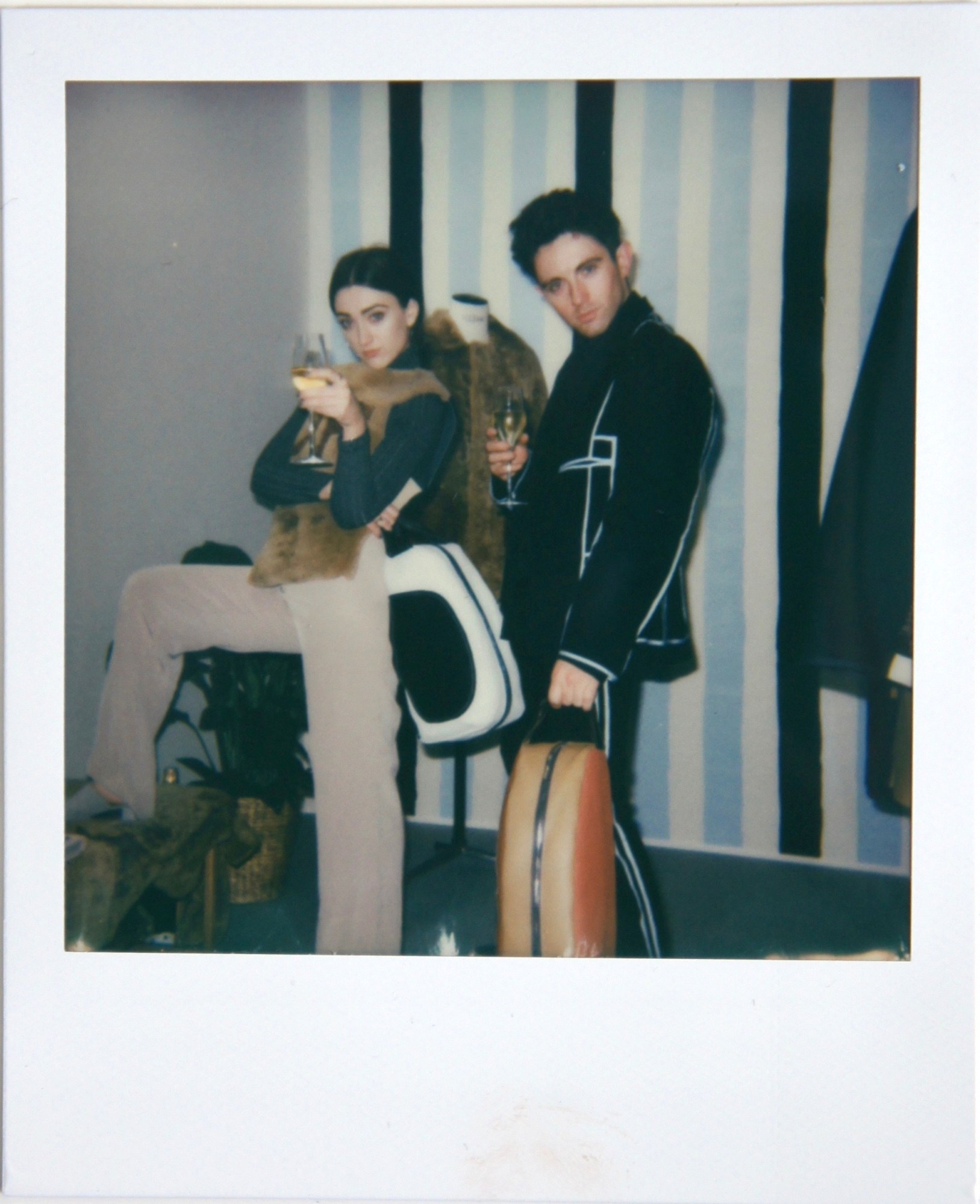
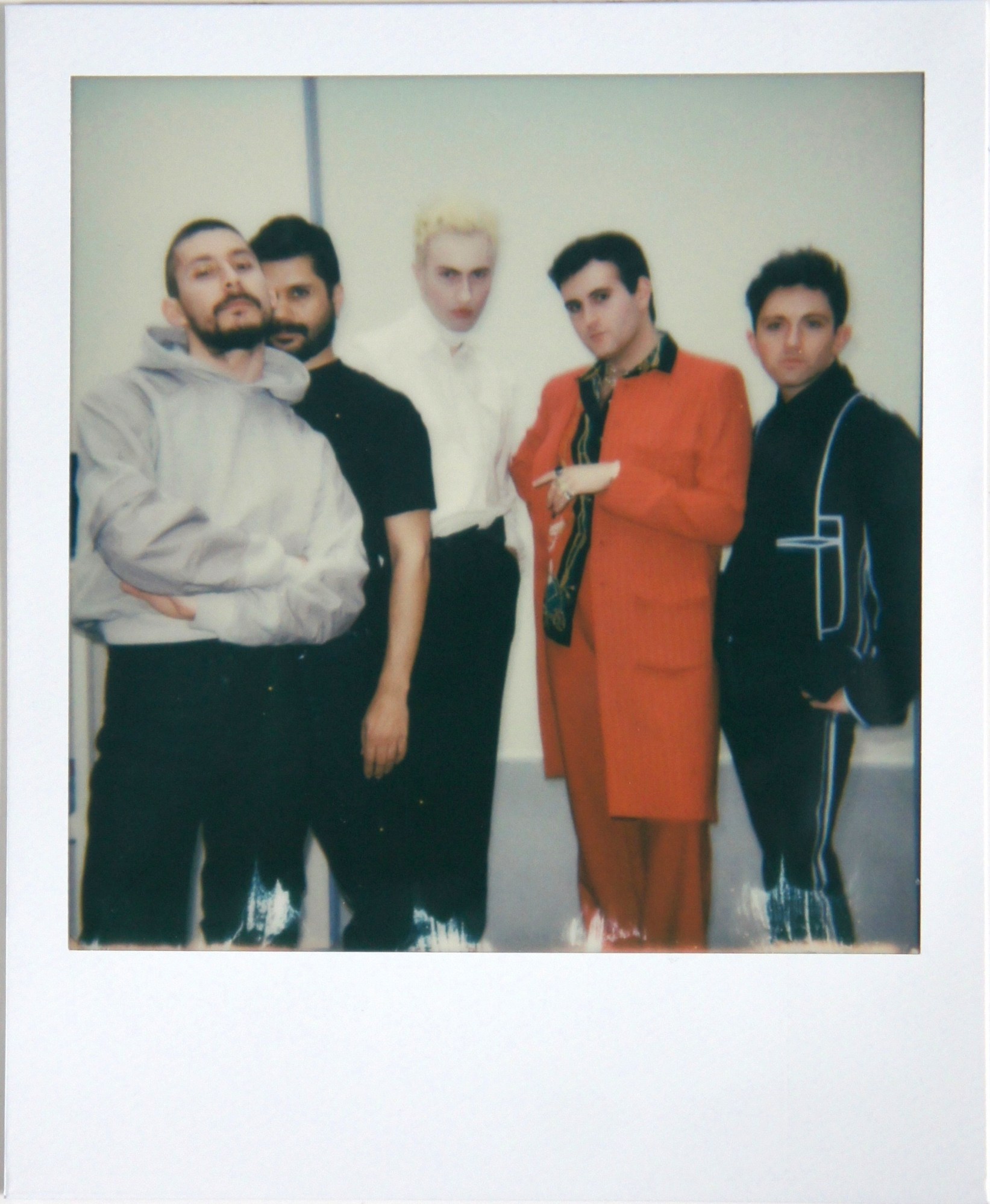
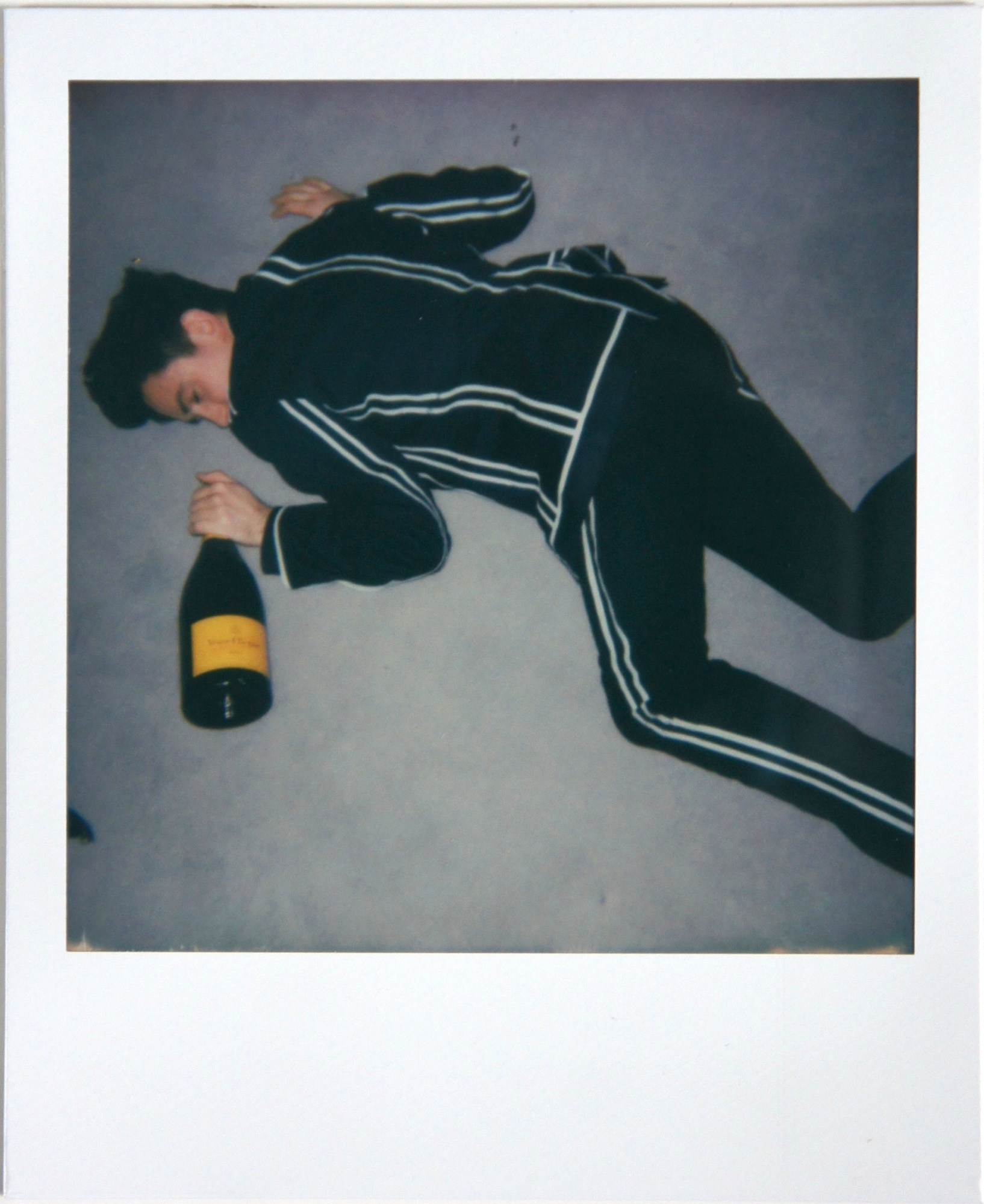
Credits
Text Greg French
Photography Daniel Fletcher
